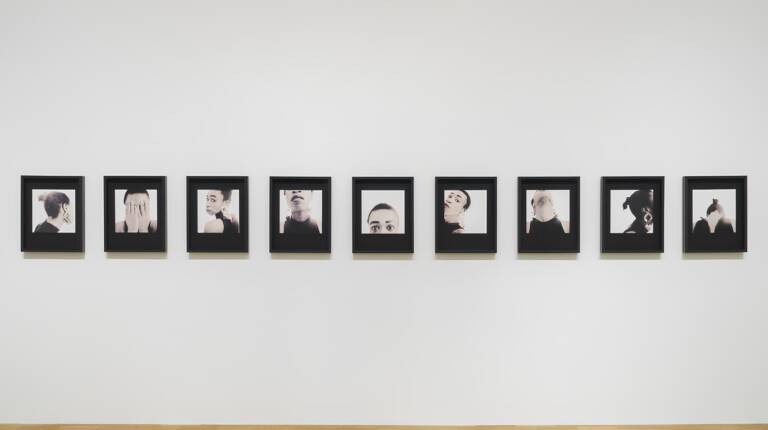A landmark moment for contemporary British art, Catching Flies with Honey, the new Joy Gregory’s photography exhibition, has opened at London’s Whitechapel Gallery. Running from October 8th, 2025 to March 1st, 2026, the show marks the first major retrospective of Gregory’s four-decade career — and offers an unflinching, poetic exploration of beauty, race, and representation through photography, film, installation, and textiles.
Exploring materiality and meaning in Joy Gregory photography
Winner of the Freelands Award, Joy Gregory has long been regarded as one of the UK’s most innovative voices in feminist art and photographic practice. Her work spans from early self-portraiture to complex, multi-sensory installations, uniting social commentary with striking visual beauty. Gregory’s approach, as the exhibition title suggests, is one of quiet persuasion — using allure and aesthetics to engage audiences with challenging ideas.
In early works such as Autoportrait (1990), she uses fragments of her own image — lips, eyes, and hands — to question who is seen, who is invisible, and how beauty is defined. Objects of Beauty (1992–1995) and Girl Thing (2002–2004) turn fashion accessories and silk undergarments into cyanotype prints, exploring how femininity is performed through material culture. By transforming everyday objects into delicate blue-hued compositions, Gregory blurs the line between the personal and the political, intimacy and critique.
Feminist art, memory, and the politics of representation
While Joy Gregory’s early projects dissect beauty ideals and media imagery, later works delve into broader narratives of colonialism, language, and cultural memory. In Seeds of Empire (2021), a collaboration with composer Philip Miller, Gregory combines text, moving image, and sound to reflect on how collections at institutions like the British Museum were built on colonial exploration and exploitation.
Meanwhile, The Blonde (1997–2010) takes the archetype of the “ideal woman” — the blonde — and turns it inside out. Through photographs, film, and found objects, Gregory exposes how racialised and gendered beauty standards are constructed, perpetuated, and resisted. Elsewhere, Cinderella Tours Europe (1998–2001) imagines a pair of golden slippers traveling across European landmarks — a witty yet poignant reflection on exclusion, aspiration, and the legacies of empire.
A defining moment for Joy Gregory
Bringing together over 250 works across four decades, Catching Flies with Honey reaffirms Joy Gregory’s pivotal role in expanding what photography — and especially feminist art — can express. Her use of both historical and digital techniques, from Victorian cyanotypes to video and sound, reflects a lifelong curiosity about how materials and meaning intertwine.
The exhibition is accompanied by a richly illustrated monograph featuring essays from leading scholars, situating Gregory’s practice within global discourses on race, gender, and the politics of seeing.
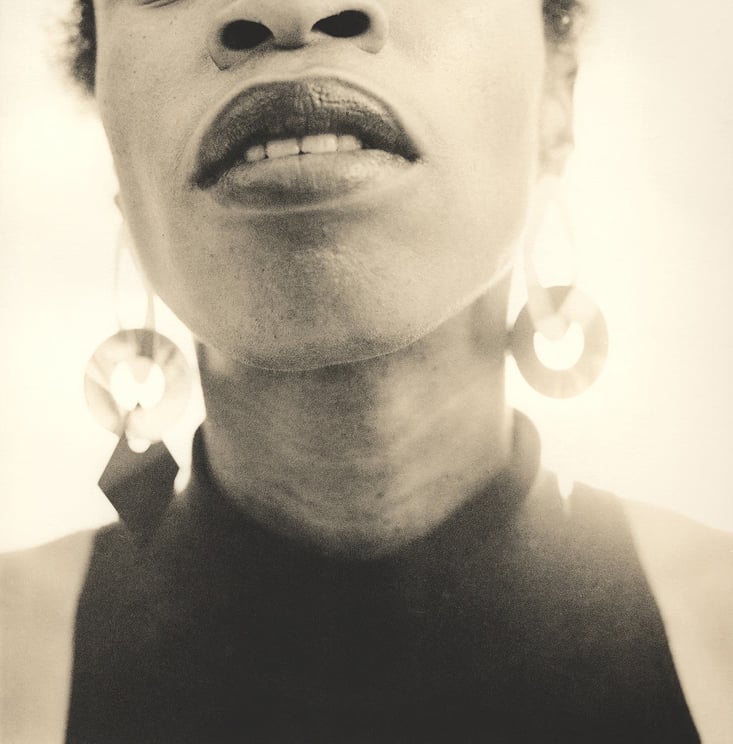
Autoportrait, 1989 – 1990
© JOY GREGORY, courtesy the artist & DACS
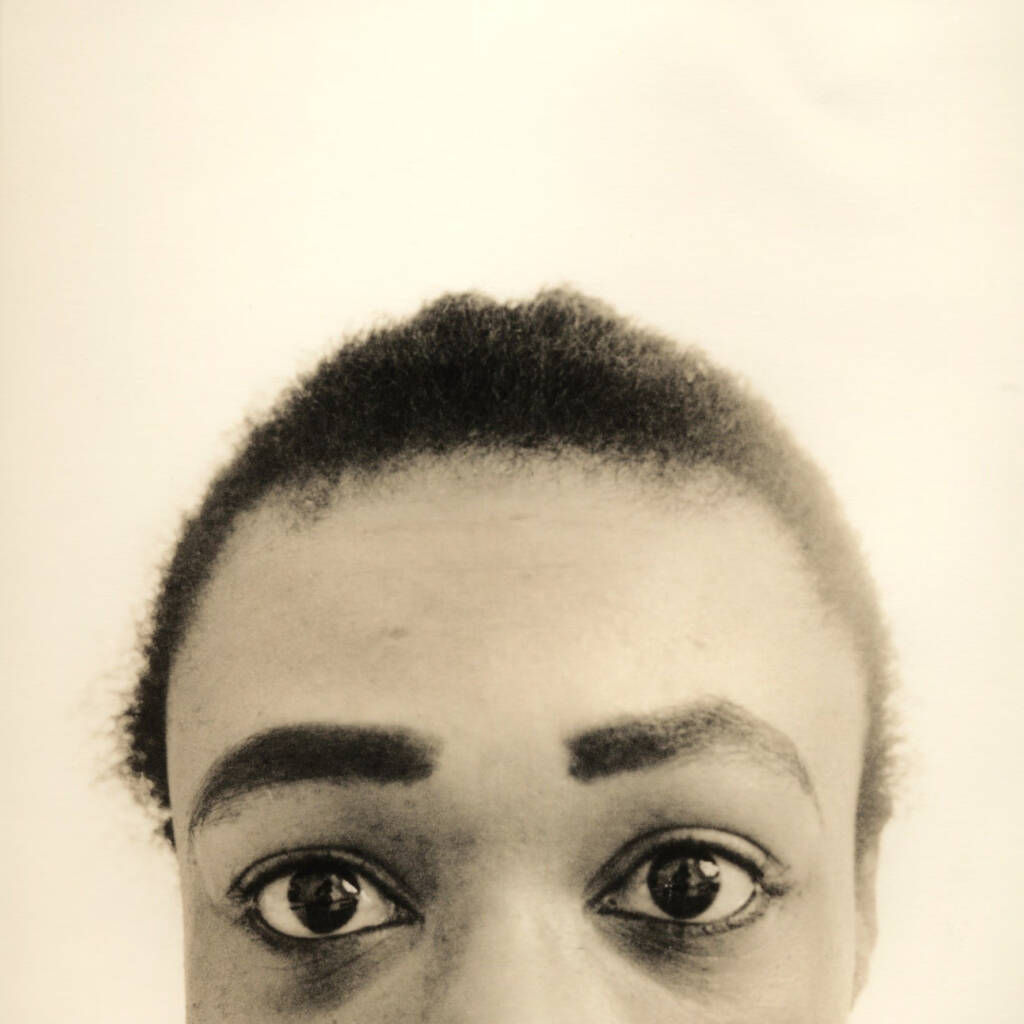
Autoportrait, 1989 – 1990
© JOY GREGORY, courtesy the artist & DACS
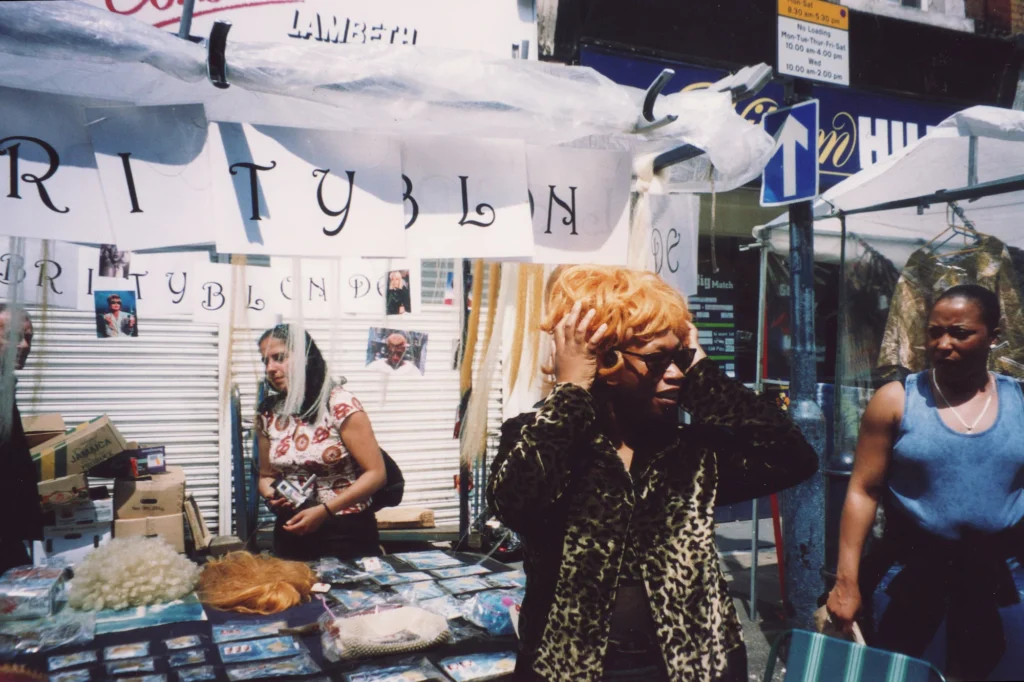
Stockwell Siren from the series Celebrity Blonde, 2001
© JOY GREGORY. Courtesy the artist & DACS
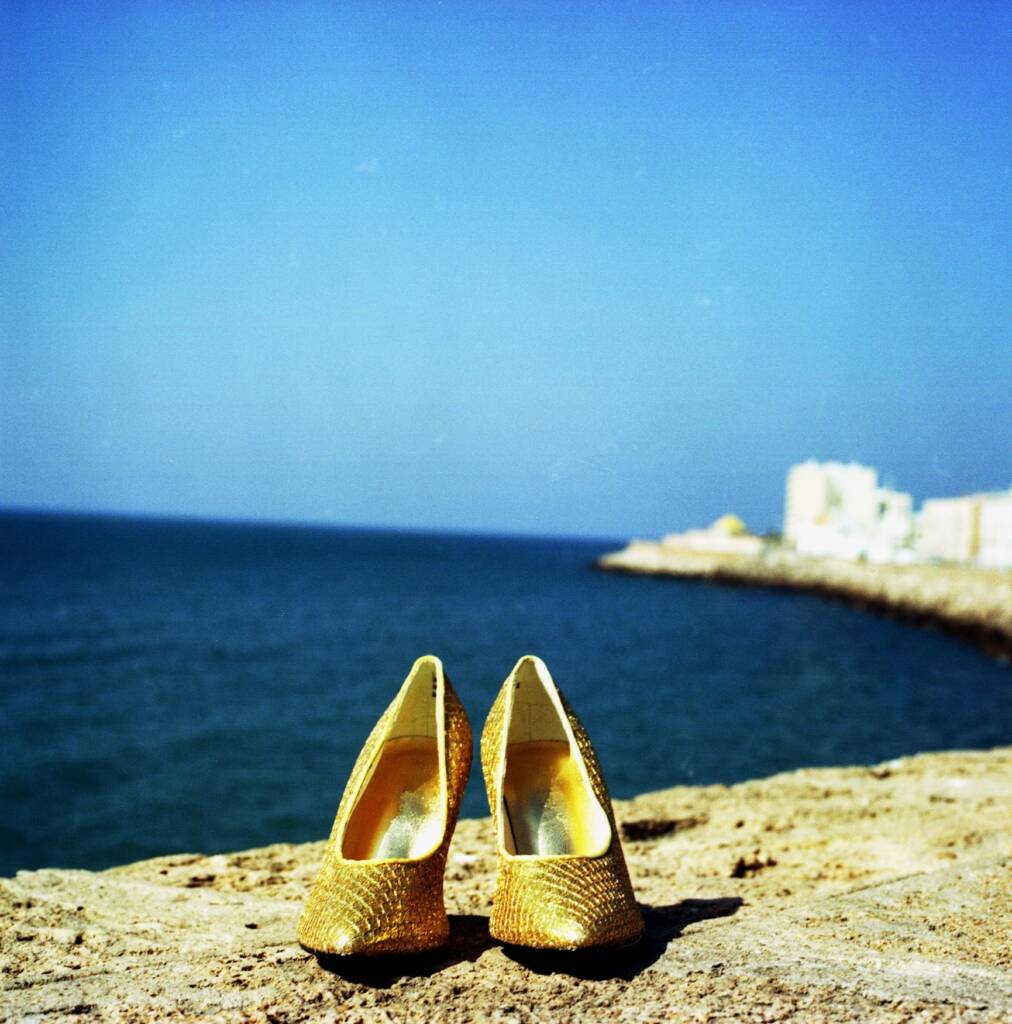
Cadiz from the series Cinderella Tours Europe, 1997–2001
© JOY GREGORY. Courtesy the artist & DACS
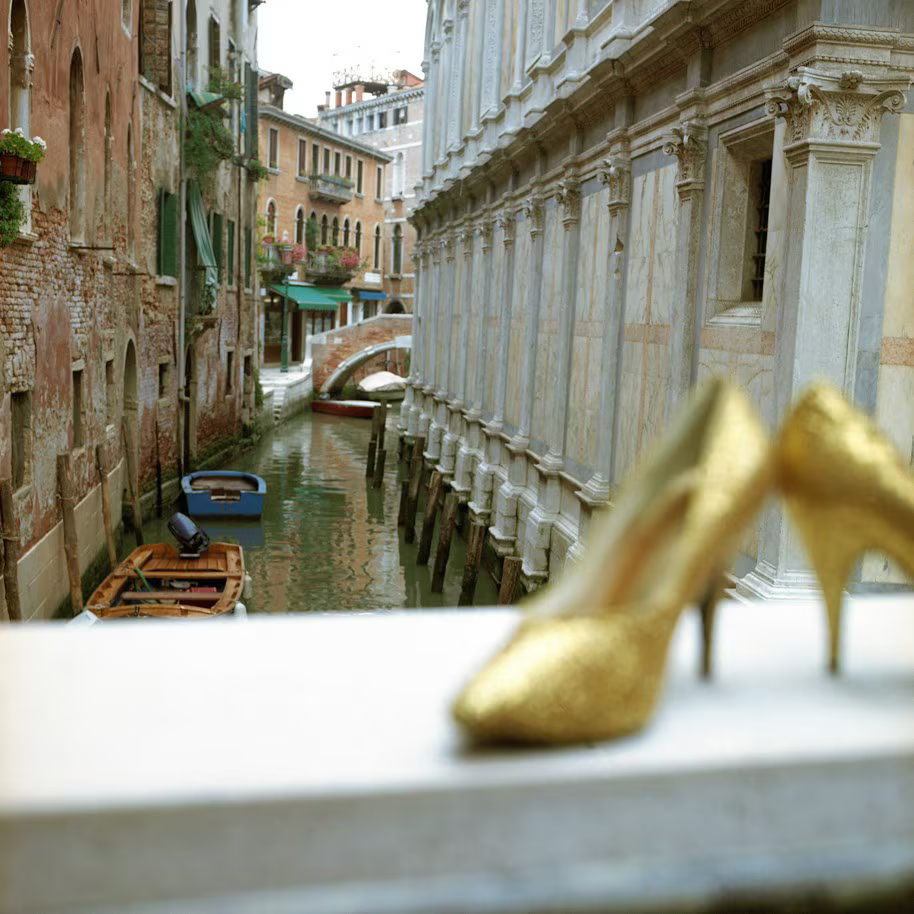
Bridge of Miracles, Venice from the series Cinderella Tours Europe, 1997–2001
© JOY GREGORY. Courtesy the artist & DACS
